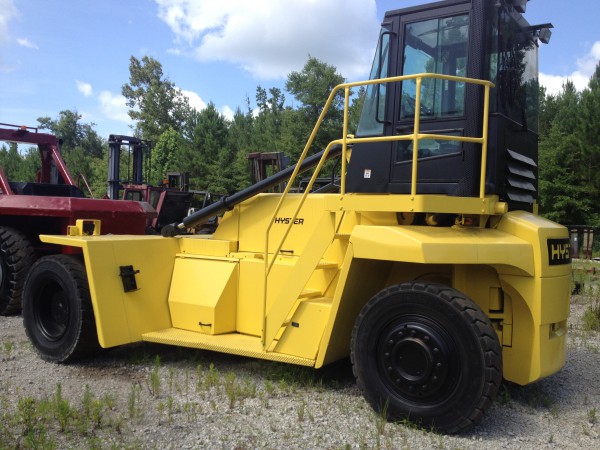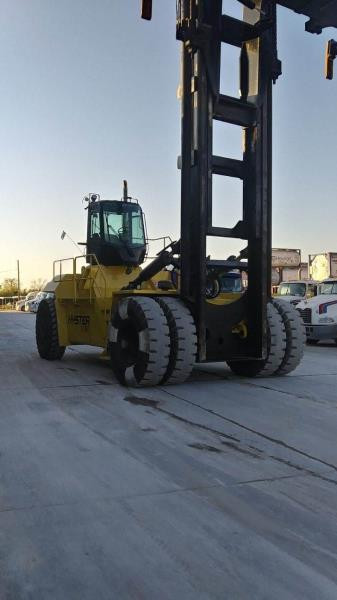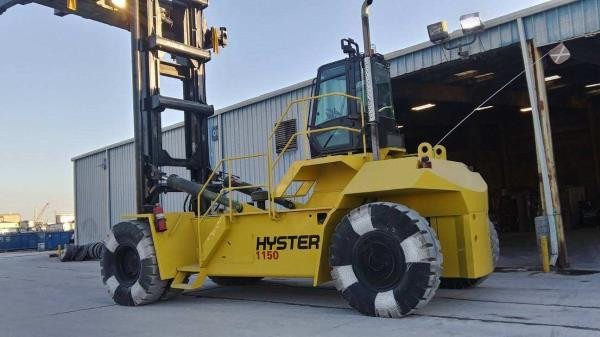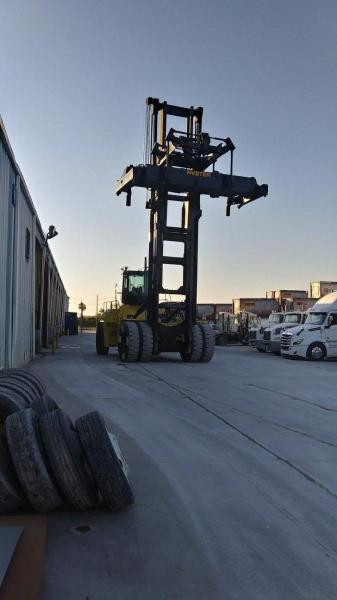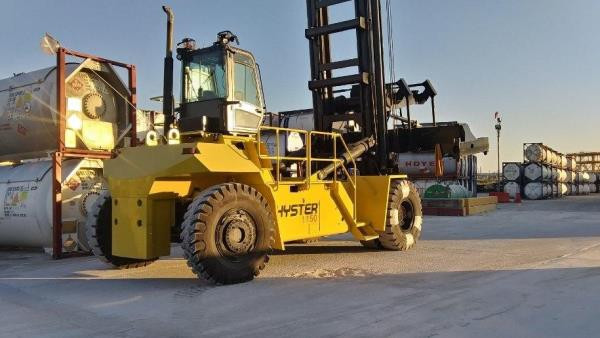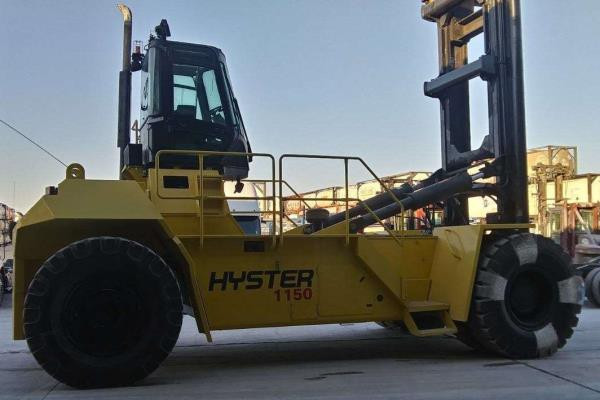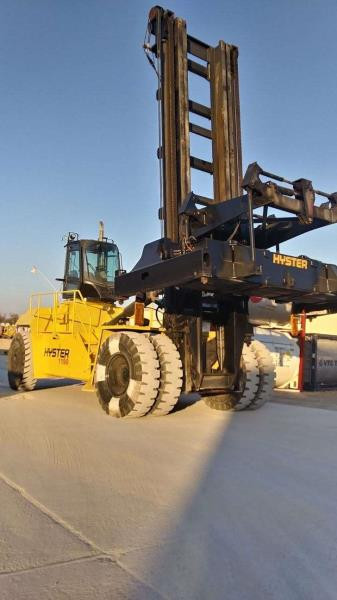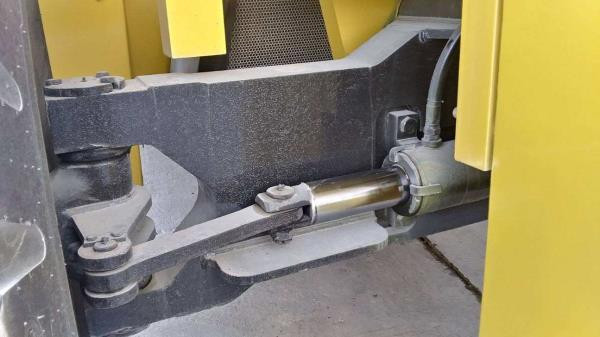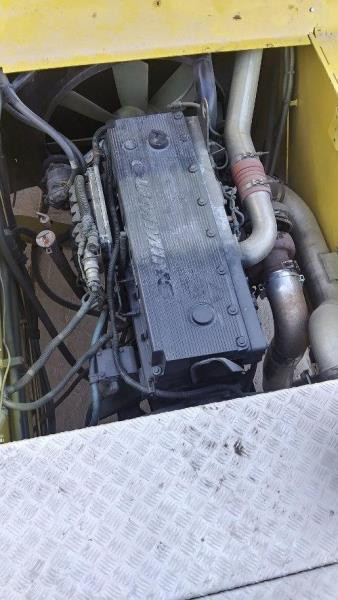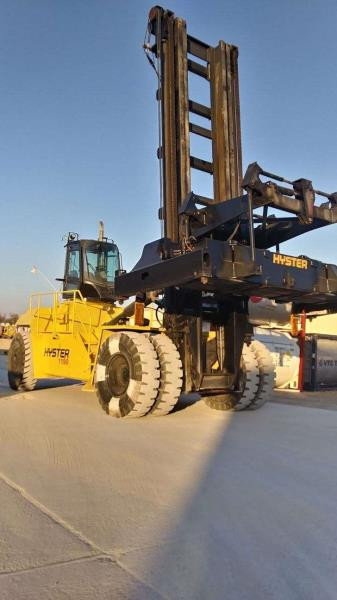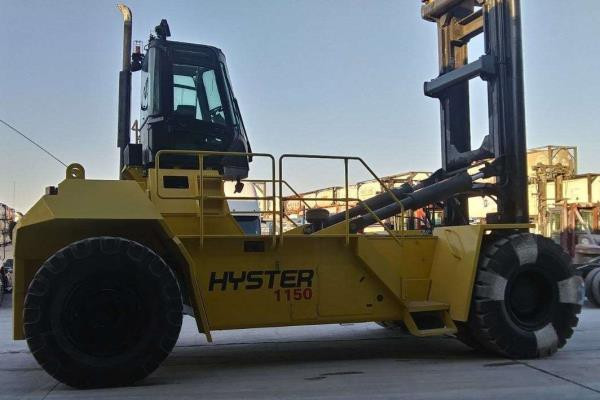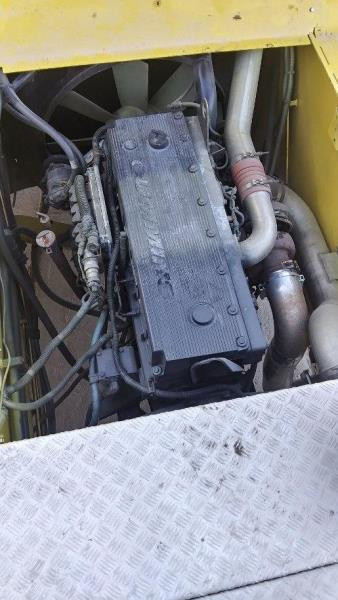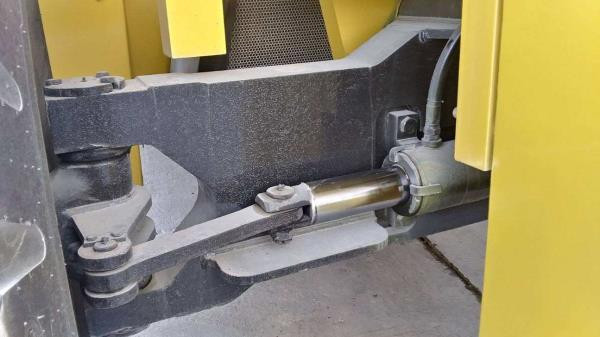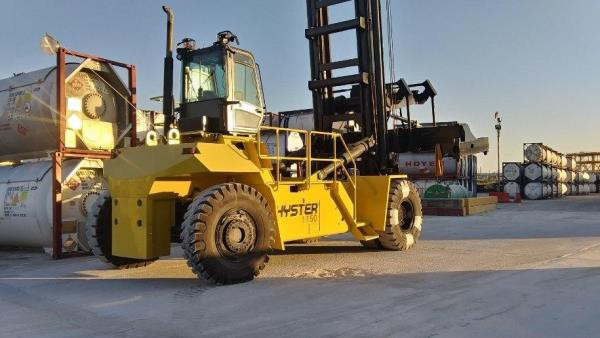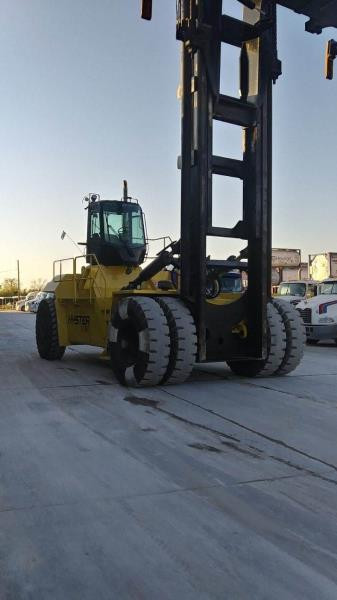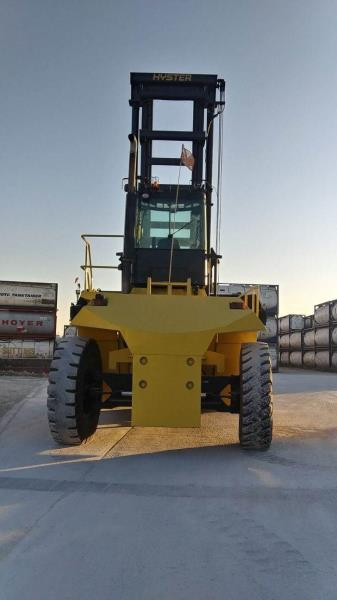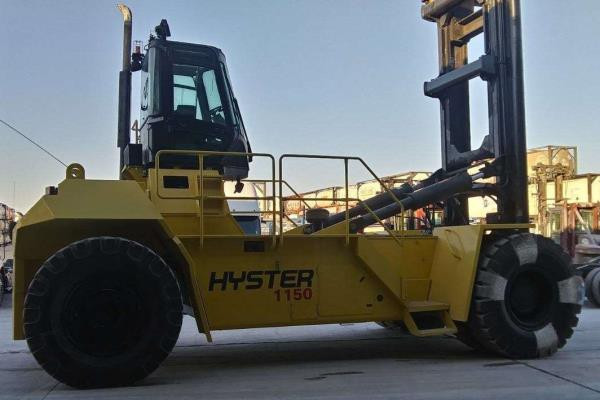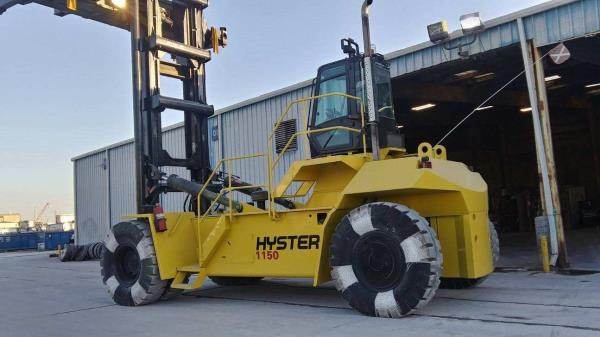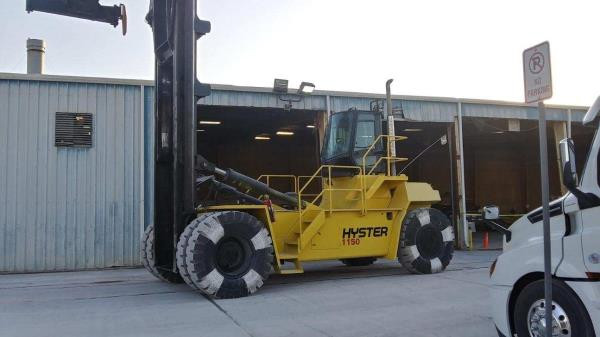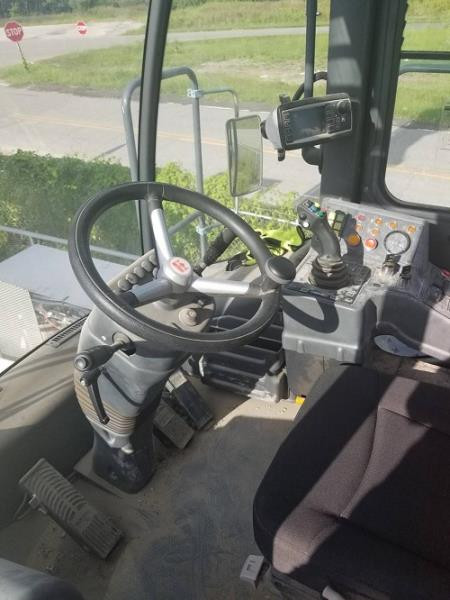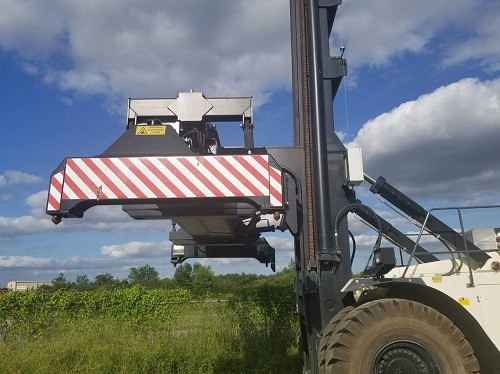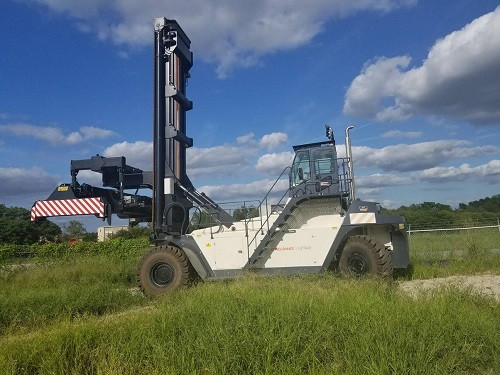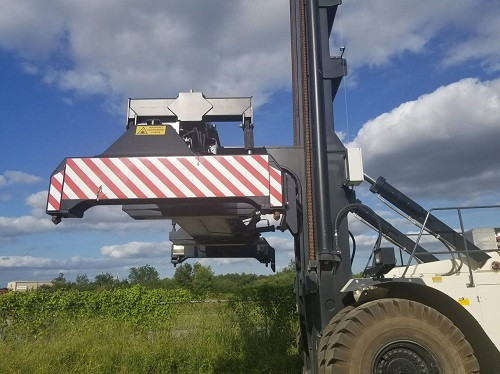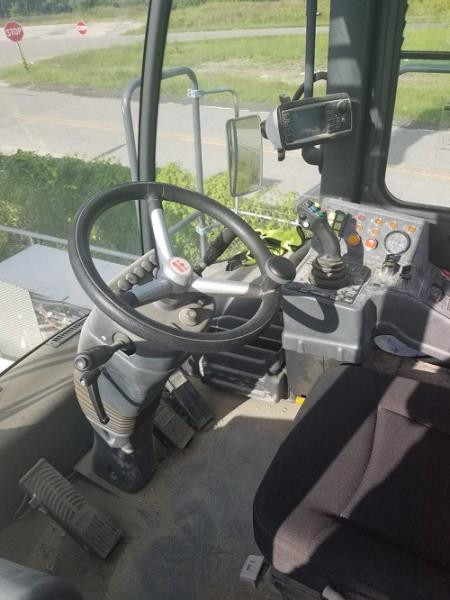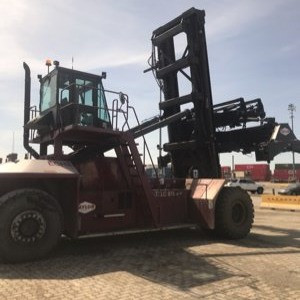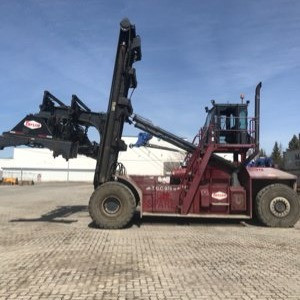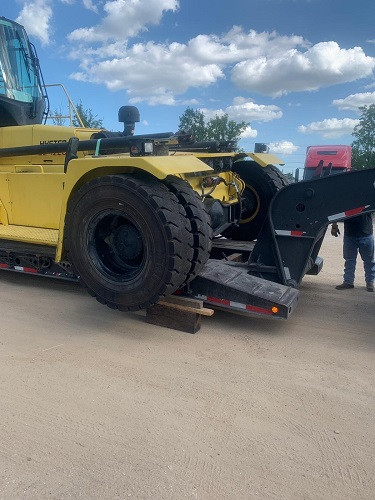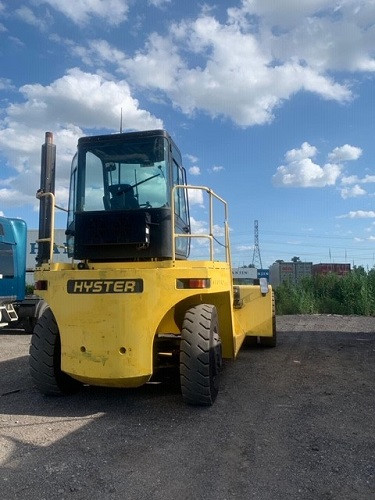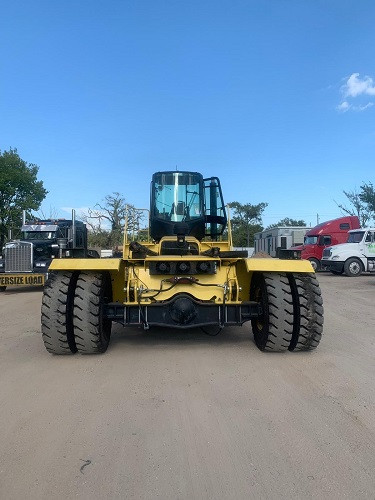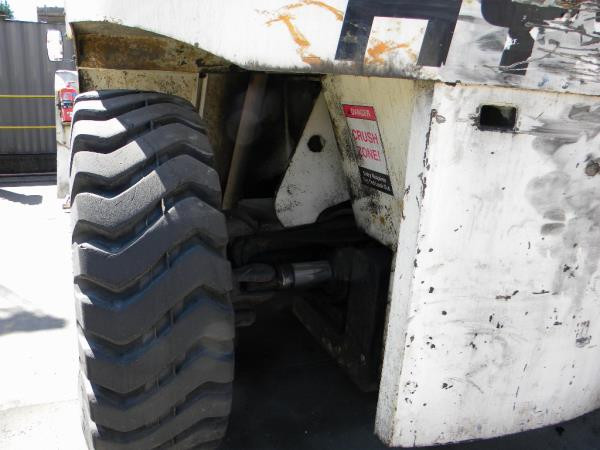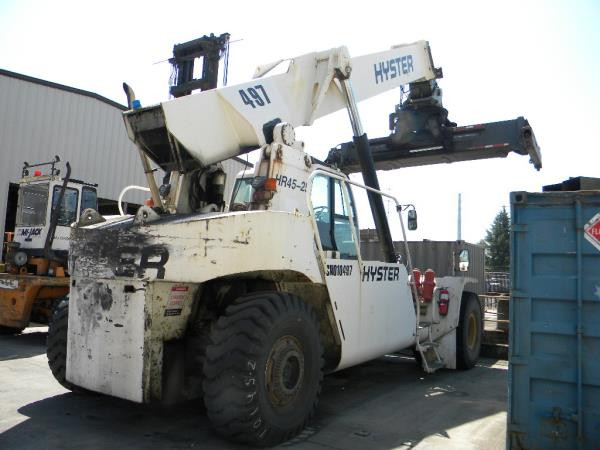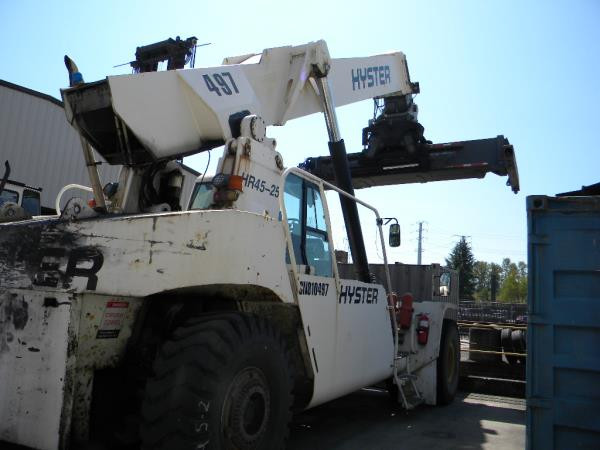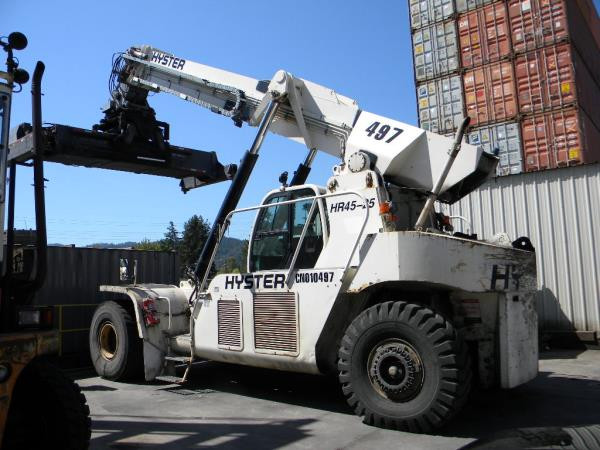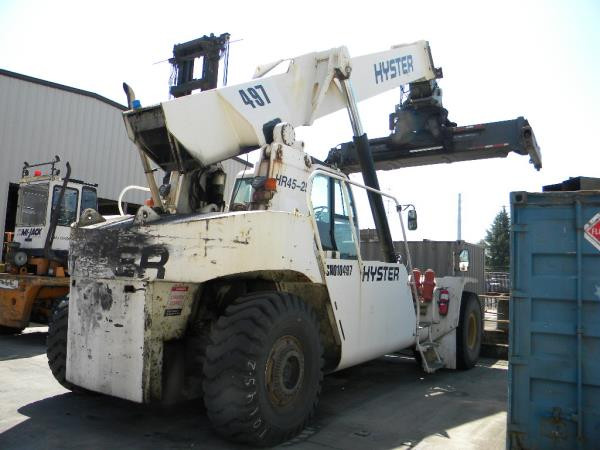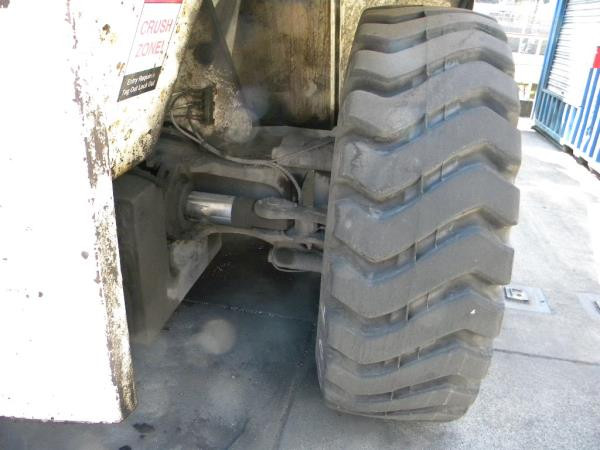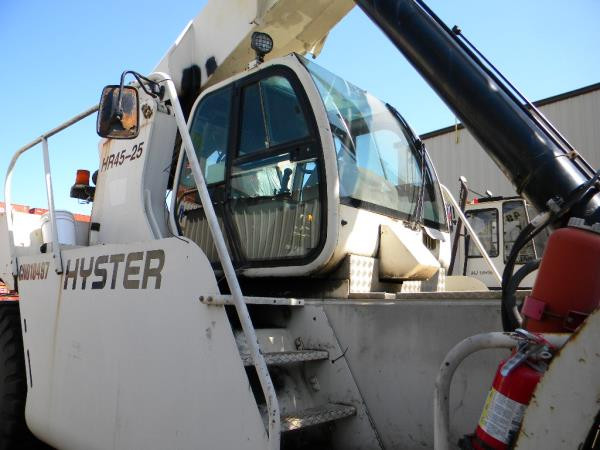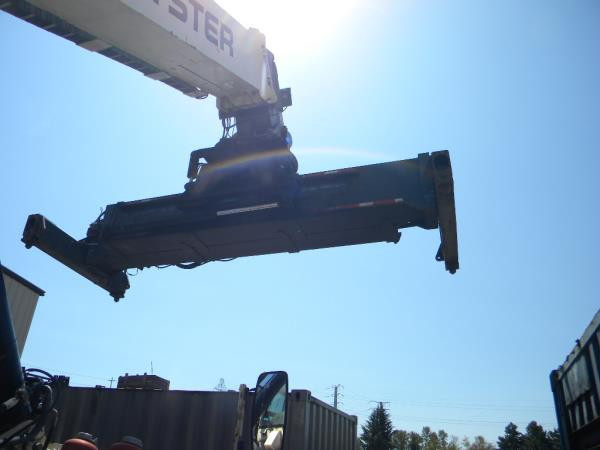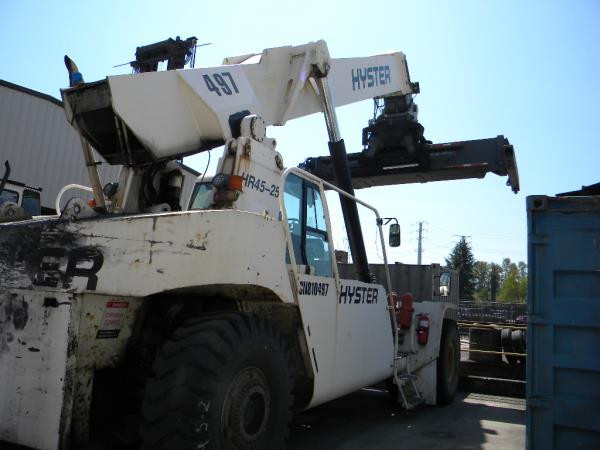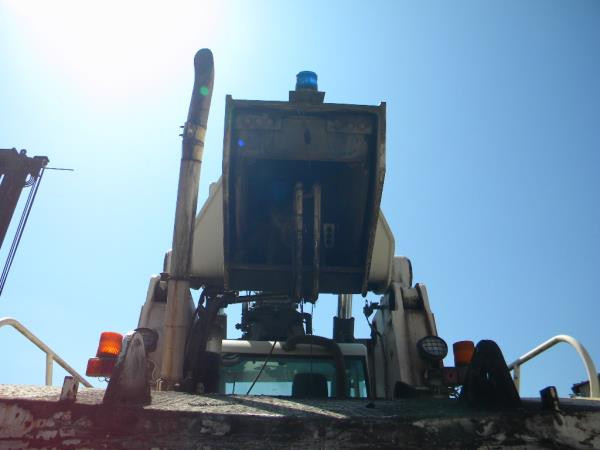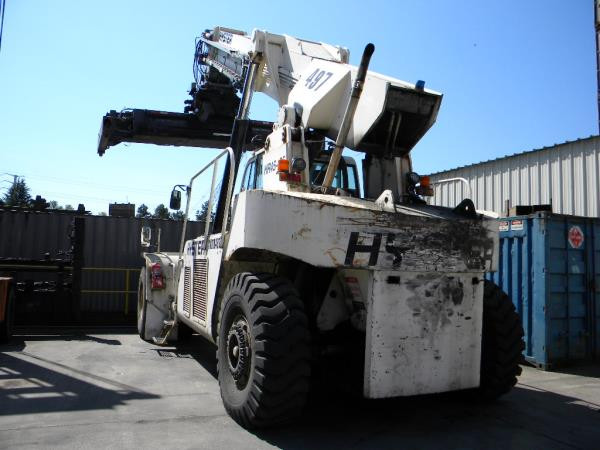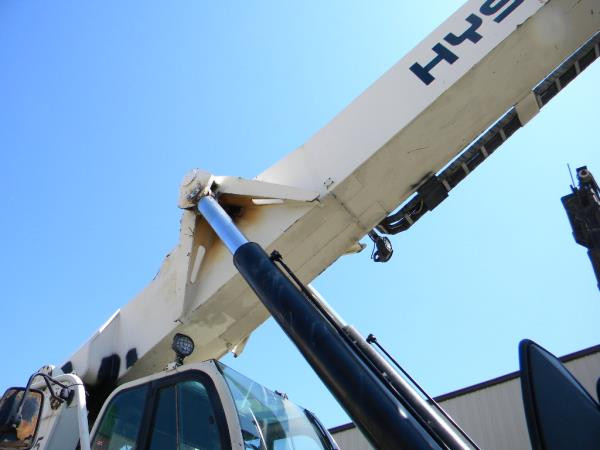Container Handler Anaheim
Used Container Handler Anaheim - Also known as container ships or cargo ships, container handlers use large intermodal containers to transport their goods. Containerization is the shipping method that utilizes commercial freight transport to carry seagoing cargo in non-bulk sizes. The capacity of these specialty ships is equal to twenty-foot loads. The majority of typical loads consist of a mix of 40-foot containers and 20-foot containers. Roughly 90% of non-bulk items all over the world travel via container ships. These ships are one of the main oil tanker rivals due to their size as one of the biggest sea-worthy ships.
There are two main categories for dry cargo which are break-bulk and bulk cargo. Coal and grain are considered to be bulk cargo items. They are typically transported in their raw form within the hull of the ship, free from packages in immense volume. Break-bulk cargo items normally consist of manufactured goods that are transported in packages. Prior to containerization being invented in the 1950s, break-bulk materials were loaded, secured, unlashed and unloaded one piece at a time from the ship. Grouping cargo into containers allows for 1000-3000 cubic feet of cargo to be simultaneously moved once every container has been secured with standardization techniques. Break-bulk cargo shipping has greatly increased overall efficiency. Costs have been reduced to around 35% and shipping time has been reduced by 84%! More than ninety percent of non-bulk items were recorded as being transported in containers in 2001.
In the 1940s, the first container ships were made from tankers that underwent conversion after World War II. Cargo ships do not use individual dividers, holds or hatches that are a part of traditional container ships. The hull of the container ship is similar to a sizeable warehouse that uses vertical guide rails to divide the area into cells. These cells have been engineered to hold the cargo in containers. The majority of shipping containers are built from steel although extra items including wood, fiberglass and plywood are utilized. Many containers are categorized by their size and function since they are designed to be transferred to and from trucks, trains, coastal carriers, semi-trailers and more.
Containerization has revolutionized the shipping industry; however, it did not start out in the easiest fashion. At first, many companies and shippers were worried about the huge costs associated with constructing ports, railway infrastructure and the roads needed to transport items via cargo ships. Various trade unions were skeptical about huge job loss with dock and port workers based on the assumption that containers would eliminate numerous cargo handling manual jobs among ports. Approximately ten years of legal battles occurred prior to container ships began international service. A container liner service from the Dutch city of Rotterdam to the USA first started in 1966, soon to change world trade and shipping across the globe.
Loading and unloading of cargo ships has been reduced to a few hours instead of the days it used to take traditional cargo vessels. Shipping times have been shortened in between ports extensively along with labor finances. It only takes 3 weeks to have materials delivered from Europe to India as opposed to the months it used to require. There is generally less damage to goods due to less handling. Less cargo shifting during a voyage is also beneficial. Containers are closed before shipping and opened once they arrive at their destination to prevent disruption, damage and theft.
Container ships have reduced shipping time and lessened shipping expenses, resulting in enhanced international trade growth. Cargo that used to arrive in bales, crates, bags, cartons or barrels now arrives in containers sealed from the factory. A product code on the contents is traced with the help of computers and scanning equipment. Amazingly, technology has advanced with this accurate tracking system to be so exact that a 2-week voyage can be timed for arrival with accuracy less than 15 minutes! This time management has helped with manufacturing times and guaranteeing delivery. Raw materials show up in sealed containers from factories in under an hour prior to being used in the manufacturing industry; resulting in fewer inventory expenses and greater accuracy.
Boxes are provided by shipping companies to the exporters to facilitate loading merchandise. Materials are delivered by rail or docks or a combination of both and then loaded into container handlers. Containerization has streamlined the process of loading by reducing the number of workers and hours it takes to fit cargo into their holds. Cranes are used in the shipping industry or on the pier to organize containers. After the hull has been fully loaded, additional containers can be attached to the deck.
An efficient design has been a huge priority for shipping containers. Break-bulk ships may carry containers. However, cargo holds that have been dedicated to container ships have been carefully built to speed up the loading and unloading process and designed to keep containers secure while traveling the ocean. The specialized hatch design allows openings from the main deck to access the cargo holds. A raised steel apparatus called the hatch coaming surrounds these openings that are found along the cargo hold breadth. There are hatch covers located on top of the hatch coamings. Until the 1950s, wooden boards and tarps were responsible for securing the hatches and holding down the battens. These days, hatch covers often consist of solid metal plates that are lifted on and off the ship with cranes. Additional hatch models use hydraulic rams and articulated mechanisms for closing and opening.
Cell guides are a necessary component in cargo ship design. Attached to the cargo hold in the ship, cell guides are vertical pieces of metal that help organize the cargo. They work by guiding containers into particular rows while loading and help to support items during travel. Since the design of the container ship utilizes cell guides in such abundance, the UN Conference on Trade and Development relies on them to separate traditional break-bulk cargo ships and container ships.
There are three dimensions used in cargo plans to determine the position of the container on board the ship. The bay is the first coordinate, starting at the front of the container ship and increases aft. The second coordinate is the tier. The first tear begins in the lower portion of the cargo holds with the second tier found on top of the first tier and continuing in that fashion. The row is the third coordinate. Rows are situated on the ship’s port side have even numbers while those found starboard have odd numbers. Rows that are located along the ships’ center are designated lower numbers and they increase for locations found further from the center.
Container handlers can handle forty-five, or forty or twenty-foot containers. The big containers will only travel and fit above deck. The forty-foot sized containers makes up ninety-percent of the shipping containers. Container shipping is responsible for moving approximately ninety percent of the freight across the globe, while roughly eighty percent of global freight moves with 40 foot containers.
Container Handler PDF
Stock Number: 268847 GL
Make: Hyster
Model: H450H-ECH
Year: 1999
Price: $95,000
| Stock Number |
268847 GL |
| Make |
Hyster |
| Model |
H450H-ECH |
| Year |
1999 |
| Category |
Container Handler |
Stock Number: EQU016115 GL
Make: HYSTER
Model: H1150HD-CH
Year: 2006
Price: $285,000
| Stock Number |
EQU016115 GL |
| Make |
HYSTER |
| Model |
H1150HD-CH |
| Year |
2006 |
| Category |
Container Handler |
Stock Number: EQU016116 GL
Make: HYSTER
Model: H1150HD-CH
Year: 2006
Price: $285,000
| Stock Number |
EQU016116 GL |
| Make |
HYSTER |
| Model |
H1150HD-CH |
| Year |
2006 |
| Category |
Container Handler |
Stock Number: EQU016114 GL
Make: HYSTER
Model: H1150HD-CH
Year: 2006
Price: $285,000
| Stock Number |
EQU016114 GL |
| Make |
HYSTER |
| Model |
H1150HD-CH |
| Year |
2006 |
| Category |
Container Handler |
Stock Number: EQU015877 GL
Make: TEREX
Model: FDC500G5
Year: 2017
Price: $425,000
| Stock Number |
EQU015877 GL |
| Make |
TEREX |
| Model |
FDC500G5 |
| Year |
2017 |
| Category |
Container Handler |
Stock Number: 207186 GL
Make: TAYLOR
Model: TXLC-974
Year: 2013
| Stock Number |
207186 GL |
| Make |
TAYLOR |
| Model |
TXLC-974 |
| Year |
2013 |
| Category |
Container Handler |
Stock Number: EQU010819 GL
Make: Hyster
Model: H450H-ECH
Year: 2012
Price: $165,000
| Stock Number |
EQU010819 GL |
| Make |
Hyster |
| Model |
H450H-ECH |
| Year |
2012 |
| Category |
Container Handler |
Stock Number: 268327 GL
Make: Hyster
Model: HR45-25
Year: 2003
Price: $229,000
| Stock Number |
268327 GL |
| Make |
Hyster |
| Model |
HR45-25 |
| Year |
2003 |
| Category |
Container Handler |


